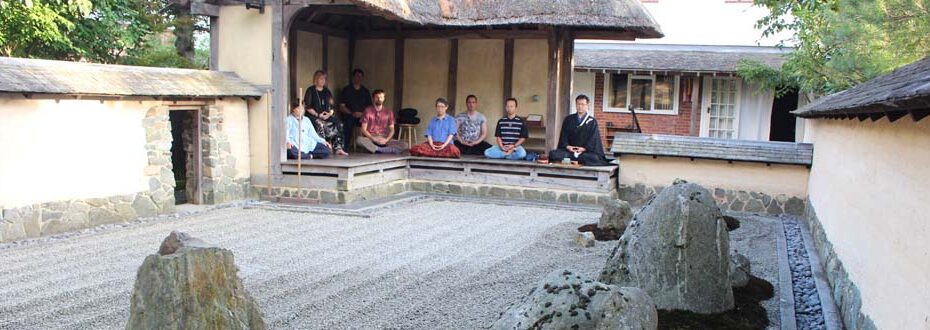The Garden's Story
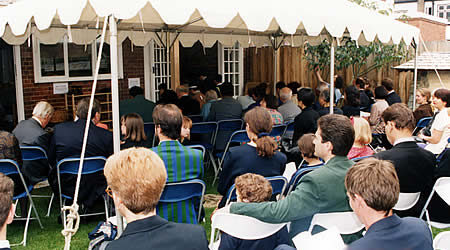
The Zen Garden at Three Wheels was constructed between June 1994 and July 1996 and inaugurated in June 1997 at a ceremony conducted by Venerable Chimyo Takehara, Head Priest of Shogyoji and Chairman of the London Shogyoji Trust, with an accompaniment of traditional Gagaku music played by members of the Temple’s Chikusi-Gakuso Ensemble
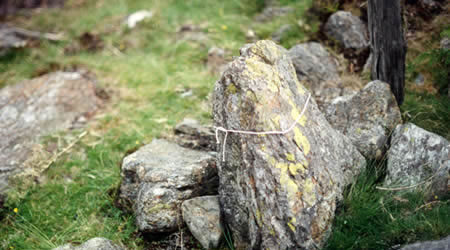
Designed by the art historian Prof. John White (1924 – 2021), it is not a copy of a Japanese Zen garden, but “an attempt to get a feeling for the underlying principles and then, however wisely or unwisely, to extend them.” Unlike a typical Japanese garden it uses rocks from a wide geological range, resulting in a wide range of textures and degrees of hardness, with different kinds of roughness and smoothness as well as variations of colour.
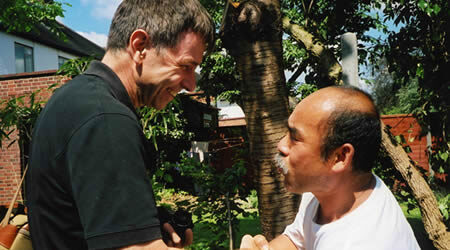
It is a fundamental principle of good design in Japanese gardens in general, and in Zen gardens in particular, that all the rocks should appear to grow out of the ground and play an integral part in the creation of a landscape and not just to lie around on the surface of one. At Three Wheels or Sanrin Shoja, to give it its name in Japanese, every effort has been made, successfully or not, to honour this important precept.
You are welcome to visit and enjoy the garden.
To do so please…
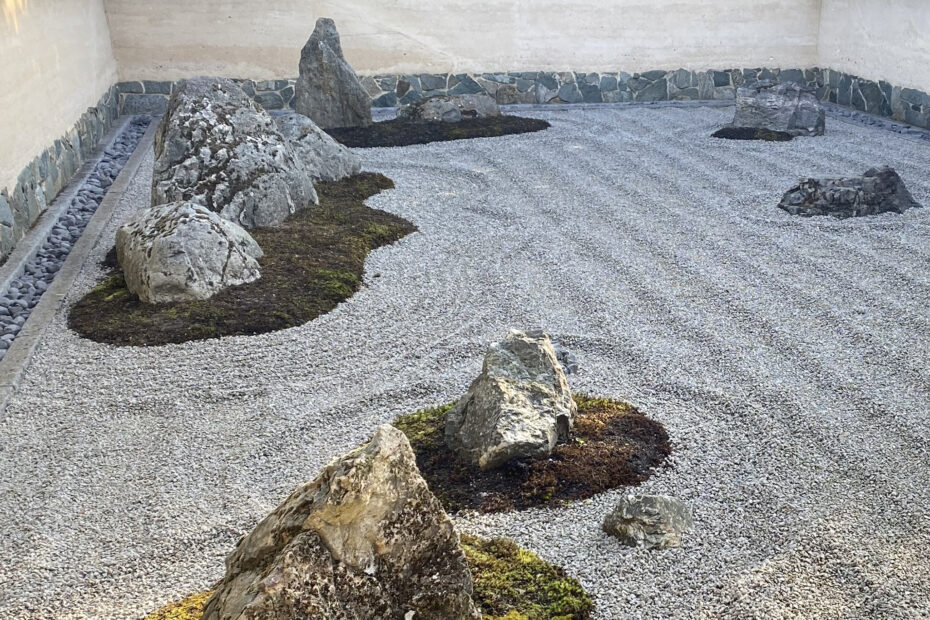
As in every Japanese karesansui garden, the final effect of calm space, created as a starting point for meditation, to a large extent depends on the particular, unique pattern of the raked gravel. The actual raking requires great skill, since even the slightest imperfection would immediately stand out, and has to be re-done every two or three weeks – each time takes some five or six hours to do. The perspectival convergence of the parallel lines of the large furrows greatly increases the apparent length of what is actually quite a small garden. While the way in which the long diagonal lines of sight to its far corners have been left completely clear of rocks further increases the resultant sense of space.
As is true of every Japanese Zen garden, a wealth of symbolism is involved. This is not confined to the evocation, in this particular case, of ocean waves and mountainous, forest-covered islands, but is expressed in the very number of the twelve rocks which link it with the ancient twelve-tone Gagaku ceremonial music; with the twelve months of the year; with the signs of the zodiac and with the Buddhist concept of the twelve types of interdependent origination.
In the end, however, the secret of any Zen garden lies in an intuitive feeling for pure space.
Most people tend to think in terms of solids, rather than of the emptiness between them, and that way of thinking leads to disaster in many so-called Zen gardens. The starting point must always be empty space and the rocks are simply spaces within a space, a concept which Prof. White once expressed in the form of a waka:
This is the garden
of being and not being,
of rocks and no rocks.
Here, when you enter and are,
is and is not are equal.
Fragrant Light
“Worry and care are different. I now understand worrying is only protecting oneself.” Girl student who attended the Spring Assembly.
